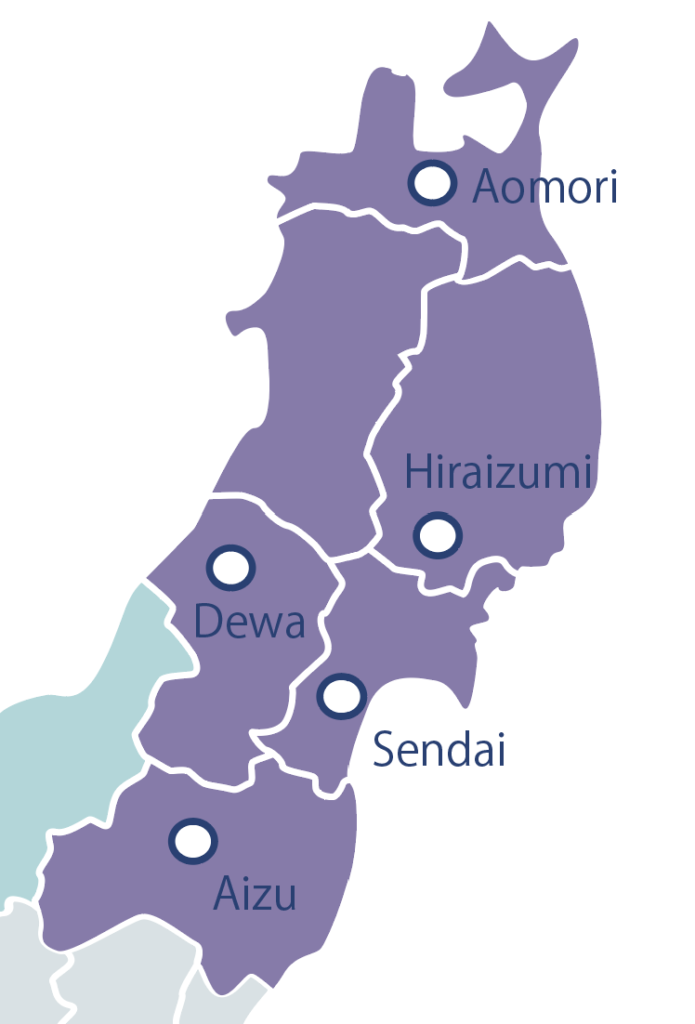
The Tohoku region is situated in the northern part of Japan's main island and comprises six prefectures: Fukushima, Miyagi, Akita, Iwate, Aomori, and Yamagata.
Tohoku is home to World Heritage sites such as the Sannai-Maruyama Ruins, where people enjoyed a peaceful life in harmony with the rich natural environment during the Jomon period (approximately 13,000 to 2,300 years ago), and Hiraizumi, which was founded by the Fujiwara clan, reigning as the king of Oshu (Tohoku) during the Heian Period (794-1185). The region has also experienced a dynamic history in relation to the central government, including the brave and resourceful chief of the Emishi, Aterui, who resisted the central government's attempts to conquer the region for 13 years in the early Heian period. Additionally, the Date clan ruled in the Tohoku region from the Warring States period (1467-1590) to the Edo period (1603-1868), and the Matsudaira clan, a loyal vassal of the Tokugawa Shogunate, surrendered its Aizu Wakamatsu Castle to Meiji government forces in the Boshin War at the end of the Tokugawa shogunate.
Tohoku’s wish for a peaceful world
Tsurugajo Castle
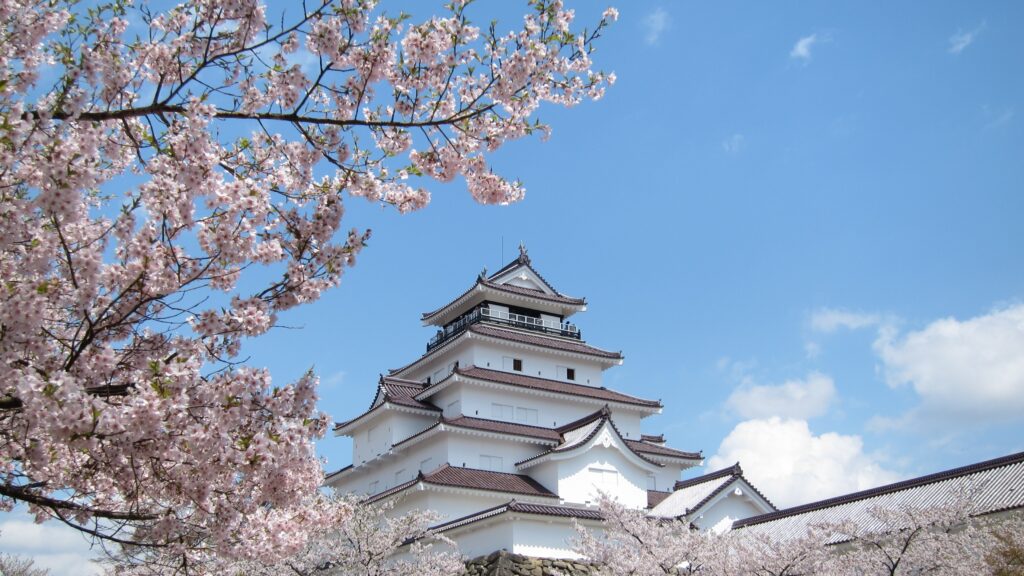
"Be faithful to Tokugawa" and "Be royal to Emperor", Aizu domain has handed down Samurai's pride and responsibility to the present through the harsh story at the end of the Edo period.
Chuson-ji & Motsu-ji Temples
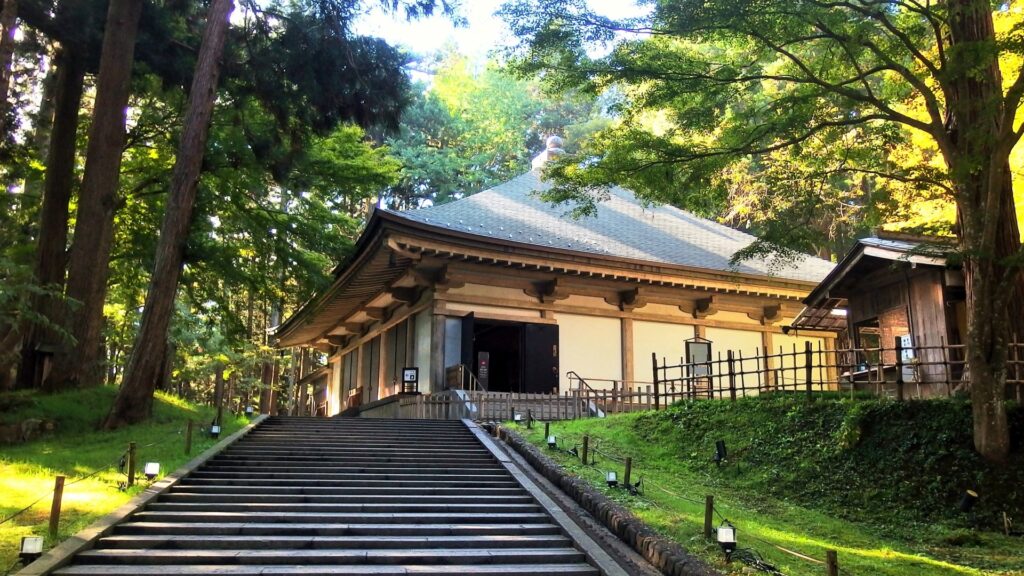
Fujiwara Kiyohira's aspiration for a peaceful Tohoku by establishing the Buddhist Pure Land with two temples in Hiraizumi after decades of battles.
Zuihoden Mausoleum
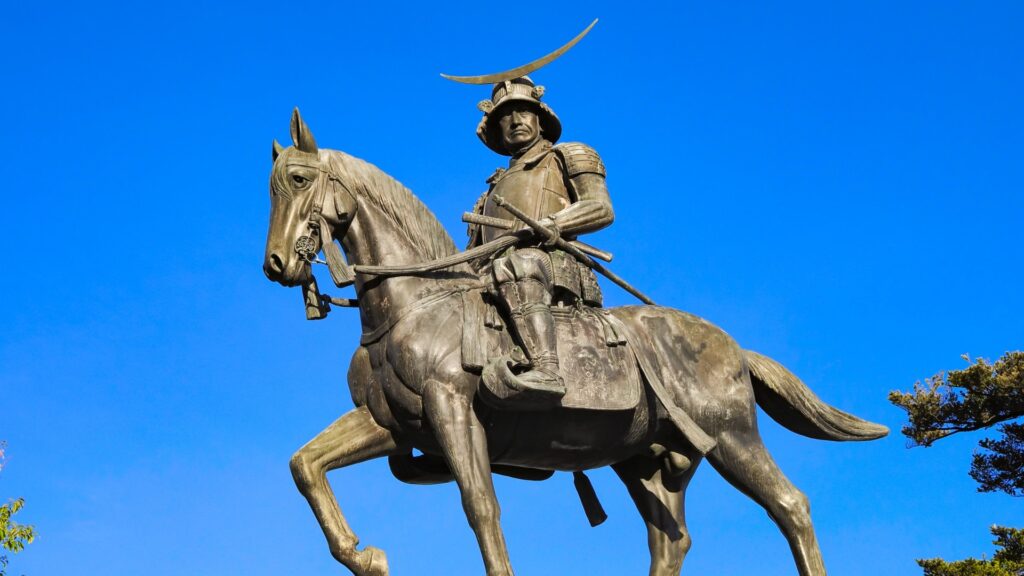
One-eyed Dragon, Date Masamune, overcame many hardships while confronting Hideyoshi and Ieyasu with his wisdom and ability. His soul has slept calmly at Zuihoden.
Jomon Prehistoric Sites
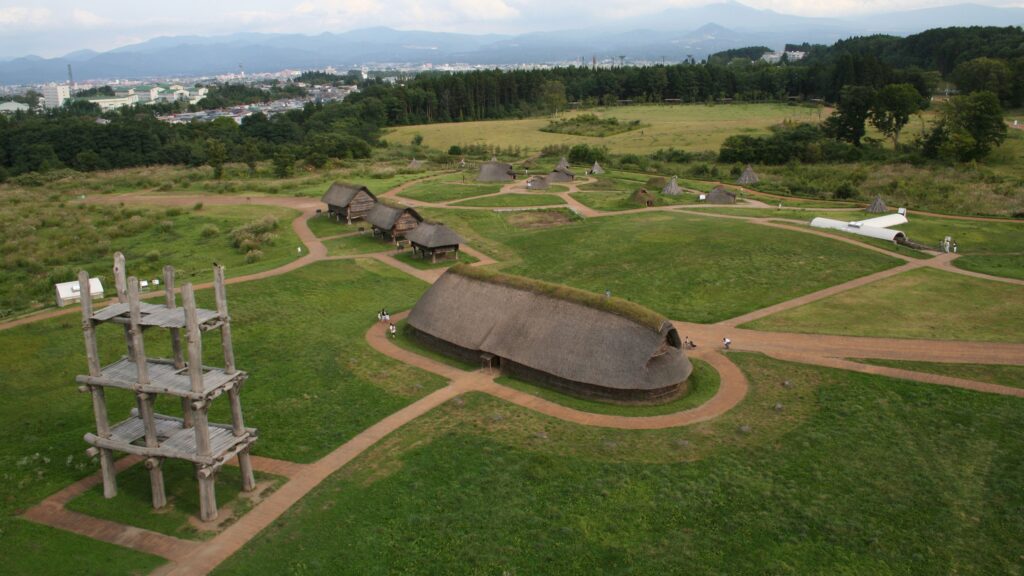
The Jomon Prehistoric Sites in Northern Japan, peaceful life in good harmony with nature for more than 10,000 years. (Source: JOMON ARCHIVES)
Hirosaki Castle
Dewa Sanzan Mountains
